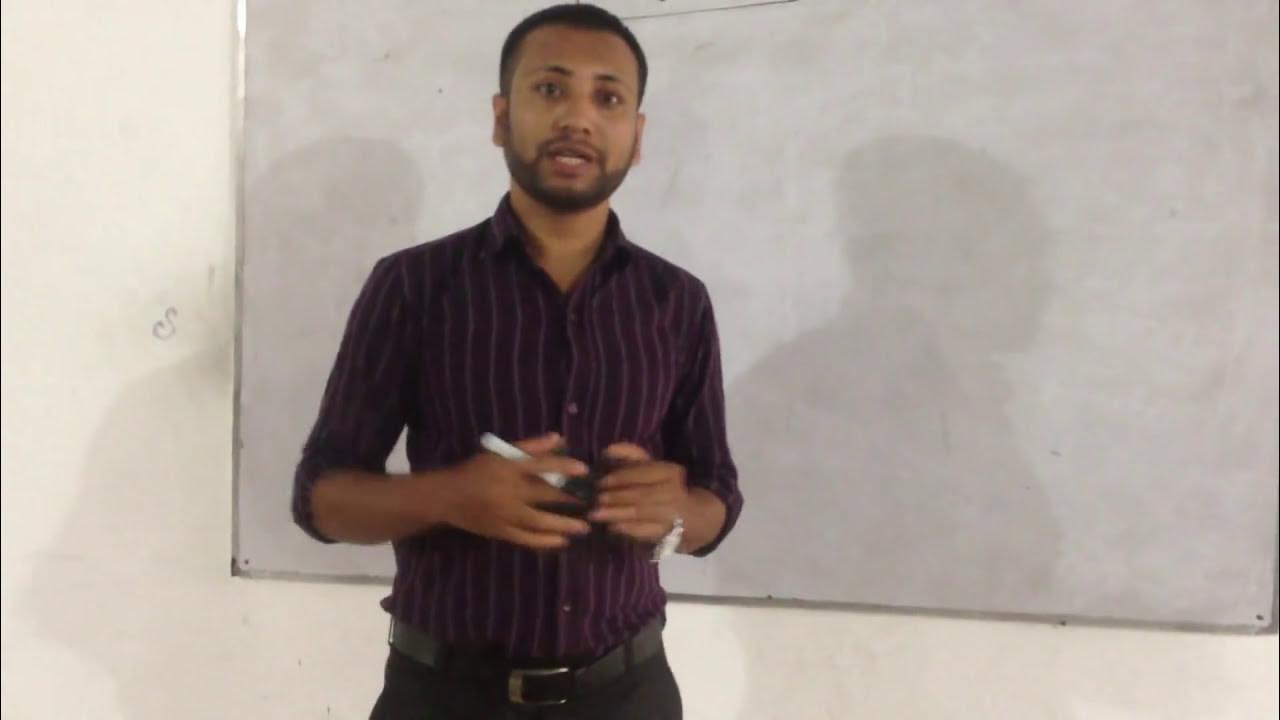LP1 Practical1 Part 3
Summary
TLDRThe transcript discusses a programming approach to data structures, focusing on various methods for input handling, file management, and data conversion. It covers the importance of understanding program limits and outlines basic operations needed for effective data processing. Key concepts include the significance of input formats, how to manage data in Java, and the relevance of line-by-line reading in programming. The dialogue blends technical insights with casual remarks, emphasizing a hands-on learning experience while engaging with concepts like file types and software functions. Overall, it aims to enhance understanding of programming through practical examples.
Takeaways
- 😀 The script discusses practical systems and the need for efficient experimentation.
- 😀 Input tables and data structures are essential for organizing and processing data effectively.
- 😀 The program aims to convert input data into different formats and structures for better usability.
- 😀 There is a focus on the importance of reading and writing data correctly from files.
- 😀 The script emphasizes the role of security in data input and conversion processes.
- 😀 Various types of data, including textual and numerical, need to be managed and processed appropriately.
- 😀 The process of reading input involves incrementing location counters to track data accurately.
- 😀 Different data types and their implications for operations are discussed, highlighting the importance of formatting.
- 😀 The significance of user interaction and engagement with the program's functionalities is underscored.
- 😀 The overall objective is to create a user-friendly program that effectively handles various data operations.
Q & A
What is the primary focus of the program discussed in the transcript?
-The program focuses on handling data structures and converting inputs from different formats, particularly related to user information and dates.
What role do tables play in the discussed programming context?
-Tables are used as data structures to organize and manage information effectively, facilitating operations such as data storage and retrieval.
How does the program handle input data?
-The program reads input data from specified files, processes it line by line, and converts it into various formats for further manipulation.
What programming languages are mentioned in the script?
-Java is mentioned as the primary programming language used for developing the discussed program.
What is the significance of 'location counter' in the program?
-The 'location counter' is crucial for tracking the position of data within the input, ensuring accurate reading and processing of information.
What types of operations are highlighted in the programming process?
-The transcript discusses various operations, including reading, writing, converting data types, and managing error handling within the program.
What is the importance of data validation in this programming context?
-Data validation is essential to ensure that the inputs are accurate and adhere to expected formats, preventing errors during processing.
How does the program ensure efficient data handling?
-The program utilizes structured methods, such as tokenization and loops, to efficiently process large amounts of input data while maintaining clarity.
What challenges are associated with reading input data as mentioned in the transcript?
-Challenges include managing different data types, ensuring accurate line reading, and dealing with potential formatting issues that may arise during input.
What approach does the program take towards user interaction?
-The program allows for interactive input where users can provide data, which is then processed and utilized for various functionalities, such as generating reports.
Outlines

This section is available to paid users only. Please upgrade to access this part.
Upgrade NowMindmap

This section is available to paid users only. Please upgrade to access this part.
Upgrade NowKeywords

This section is available to paid users only. Please upgrade to access this part.
Upgrade NowHighlights

This section is available to paid users only. Please upgrade to access this part.
Upgrade NowTranscripts

This section is available to paid users only. Please upgrade to access this part.
Upgrade Now5.0 / 5 (0 votes)





